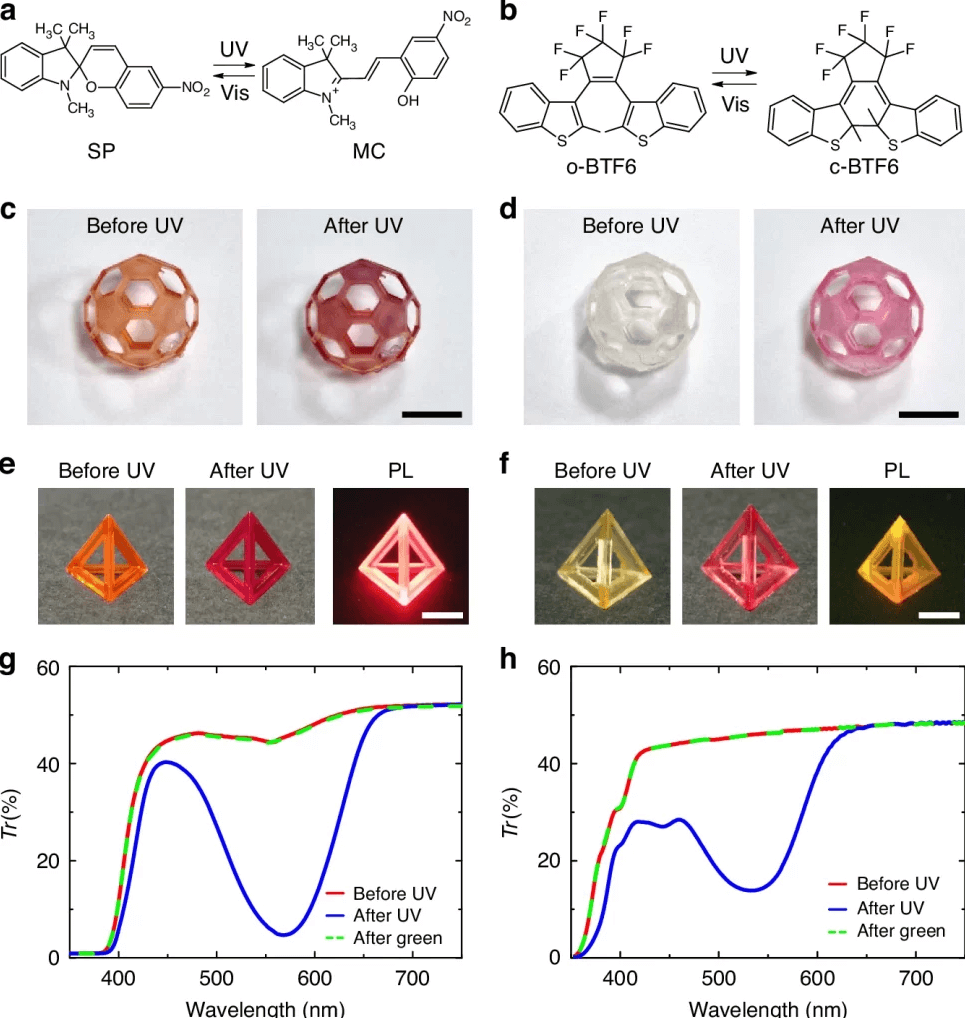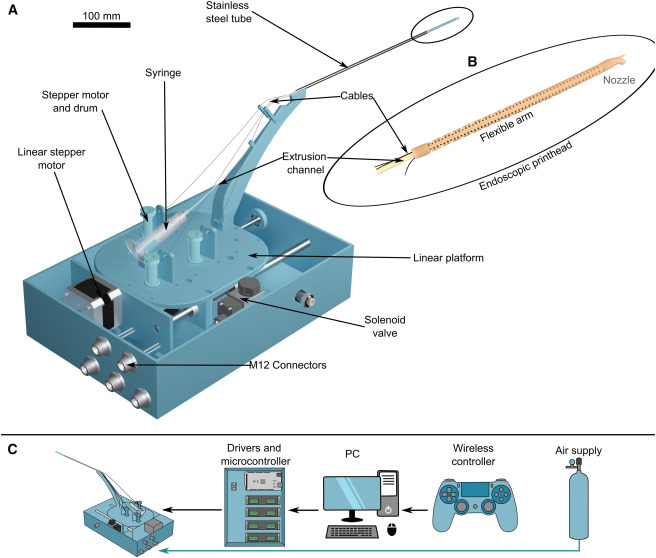
Date:2025-05-26 11:01:26
In a recent perspective article published in npj Science of Food, an in-depth exploration was conducted on the immense global food demand projected by 2050, the limitations of traditional global food system innovations in meeting these demands, and the vast potential of artificial intelligence (AI) in overcoming these constraints. However, the author also emphasized that AI is not a "panacea"—it cannot fully replace human expertise or sensory evaluation in food innovation. The article paints a vision of an AI-powered future food system while offering a sobering reminder: excessive optimism about AI is unwarranted. It should be regarded as a partner that accelerates and enhances solutions to food system challenges, rather than a silver bullet that solves all problems.
The Dilemma of Traditional Models and the Rise of AI
Advances in modern medicine have significantly reduced global mortality rates, leading to unprecedented population growth. It is projected that by 2050, the global population will approach 10 billion, with food demand increasing by 20% compared to current levels. However, today's food systems face severe challenges. The World Bank's 2023 report The State of Food Security and Nutrition in the World revealed that 733 million people (9.8% of the global population) suffer from hunger, with 9 million dying annually from hunger-related diseases. Even more alarming is that traditional food systems are unsustainable and inefficient. Overreliance on livestock farming contributes to global warming, deforestation, and excessive freshwater consumption, making it an ecological and environmental nightmare.
These staggering statistics highlight the urgent need for a paradigm shift in global food production and lay the groundwork for AI's intervention. Professor Kul's article synthesizes existing knowledge, outlining the shortcomings of traditional food system development and innovation while exploring how AI and other cutting-edge technologies can overcome these limitations to ensure a healthier, hunger-free future. She clearly identifies eight key areas where AI can make a significant impact:
How AI Can Revolutionize Food Production
Traditional food innovation is a slow, iterative, and complex process requiring input from multiple fields, including food science, culinary arts, consumer research, and engineering. It is inherently ill-equipped to handle the vast empirical data generated by today's rapidly advancing technologies. Moreover, minor changes in input parameters during innovation can lead to unexpected "butterfly effects" in the final product. Even after finalizing a concept, scaling and deploying theoretical innovations face additional practical complexities, making trial-and-error methods costly, time-consuming, and inefficient.
AI offers a critical tool to address all these shortcomings. Generative AI can leverage massive datasets and large language models to identify and select ingredients, develop recipes, design textures, and optimize products. Notably, non-generative AI is already widely used in traditional food innovation processes to simulate product deployment and fine-tune existing variables, achieving optimal nutritional and sustainability outcomes without the waste associated with conventional trial-and-error.
The article cites examples of AI's ability to reduce costs and save time, such as developing innovative and scalable alternatives to traditional foods and synthesizing various animal product substitutes using environmentally friendly ingredients. For instance, companies like NotCo (using AI-driven plant-based milk and chicken formulations), Brightseed (discovering gut-health-promoting bioactive compounds), and Knorr (leveraging AI for plant-based product flavor pairings) demonstrate AI's practical potential.
Challenges and Prospects: Open Collaboration for a Shared Future
Despite AI's immense promise, Professor Kul also soberly outlines the challenges and adoption barriers facing current AI systems. Available (open-source) AI datasets are rich in nutritional information about food ingredients. However, datasets required to predict flavor, texture, and rheology are scarce. Even when available, these subjective datasets are often proprietary and inaccessible to AI. Today's AI systems also lack the ability to fully grasp the nuanced social, ethical, and sensory dimensions of food, which are deeply rooted in human culture. Current applications remain constrained by proprietary and incomplete datasets, particularly for attributes like flavor and texture.
Encouragingly, these limitations are temporary and can be overcome through interdisciplinary collaboration and open-source data sharing between food and data scientists. Developing transformer-based foundational models capable of integrating multimodal data into unified architectures could significantly accelerate progress, as demonstrated by recent recipe-centric models like "ChefFusion."
Professor Kul stresses that hype around AI must not be overstated, and its limitations—such as lack of transparency, insufficient computational power, and real-world data complexity—must be clearly acknowledged. She reiterates that while AI can dramatically accelerate and improve food innovation, human expertise, cultural understanding, and creativity remain indispensable.
The article concludes that AI offers a cost-effective, time-saving, scalable, and innovative approach to addressing food system challenges, but its success will depend on realistic expectations, transparency, and robust, diverse datasets. In summary, this perspective article underscores AI's potential to democratize food innovation, making it more accessible, efficient, and better equipped to tackle global challenges.





